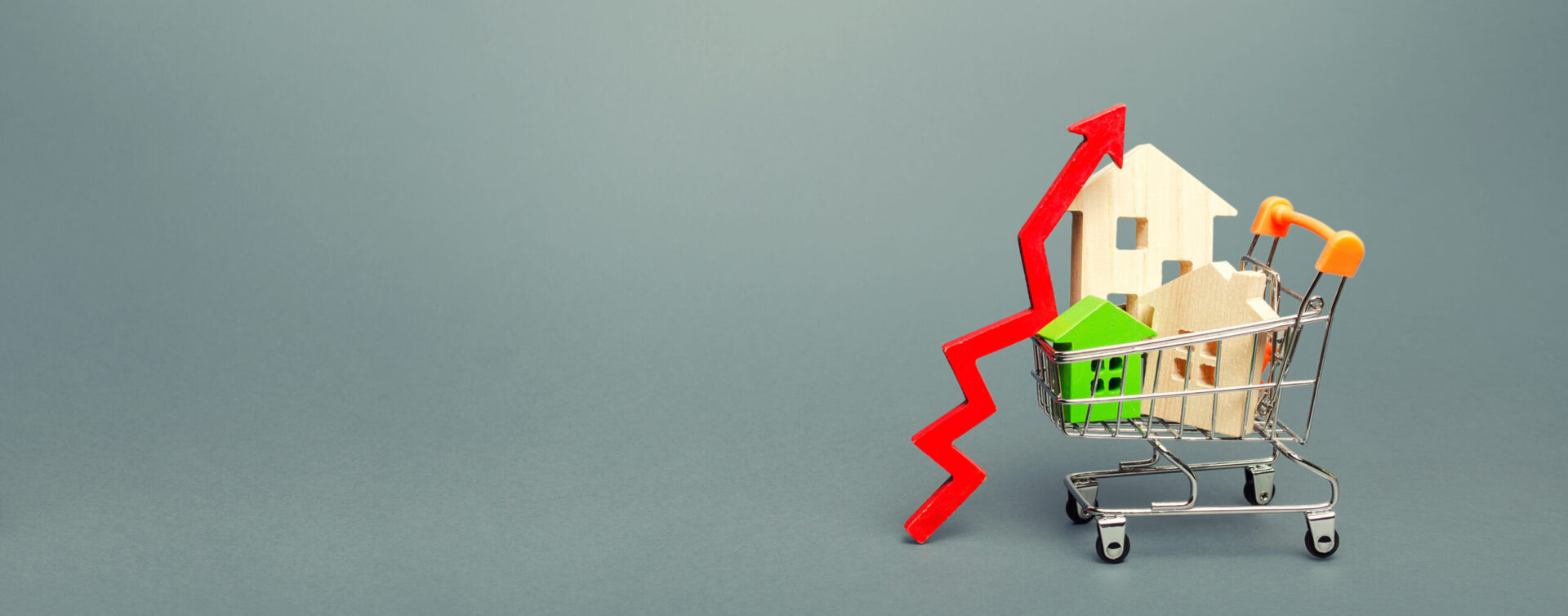First American Financial’s Real House Price Index increased by 30.6% YOY in February, its fastest growth in the more than 30-year history of the series, the company reported.
The RHPI measures the price changes of single-family properties throughout the U.S. adjusted for the impact of income and interest rate changes on consumer house-buying power over time at national, state, and metropolitan area levels. Because the RHPI adjusts for house-buying power, it also serves as a measure of housing affordability. February’s numbers show a rapid month-over-month decline in affordability.
Real house prices rose by 5.6% from January, and nearly 31% YOY. Consumer house-buying power fell 3.6% between January and February, and 6.8% YOY.
First American attributes the numbers to rising home price appreciation and mortgage rates.
“Rising mortgage rates impact both housing supply and demand, limiting supply by reducing the propensity of homeowners to sell and flattening demand by reducing consumer house-buying power,” said Mark Fleming, chief economist at First American.
“For home buyers, the only way to mitigate the loss of affordability caused by a higher mortgage rate is with an equivalent, if not greater, increase in household income. Even though household income has increased 5.1% since February 2021 and boosted consumer house-buying power, it was not enough to offset the affordability loss from higher rates and rapidly rising nominal prices.”
The five states with the greatest year-over-year increase in the RHPI were Florida (+43.1), South Carolina (+42.8%), Arizona (+39.0%), Georgia (+38.8), and Connecticut (+35.8%). No states saw a drop in the RHPI.
Home prices and mortgage rates are expected to keep outpacing household income. Fleming predicts that rates will rise above 5.5% in 2022, possibly even above 6%.
“The increase in rates since February reduced house-buying power by $60,000,” Fleming said.
“If the average mortgage rate reached 5.5%, assuming a 5% down payment and average household income of approximately $70,800, house-buying power falls by an additional $21,000. If rates increased even higher to 6.0%, house-buying power would fall by $40,000 compared with 5.0%.”
But Fleming noted that 5.5% is still below the historical average of 8%, and house-buying power remains over $360,000. This is the same level as 2018.
“The last two years were the exception, not the rule, and the housing market is adjusting to a not-so-new normal.”
